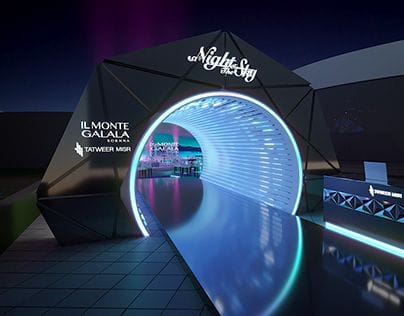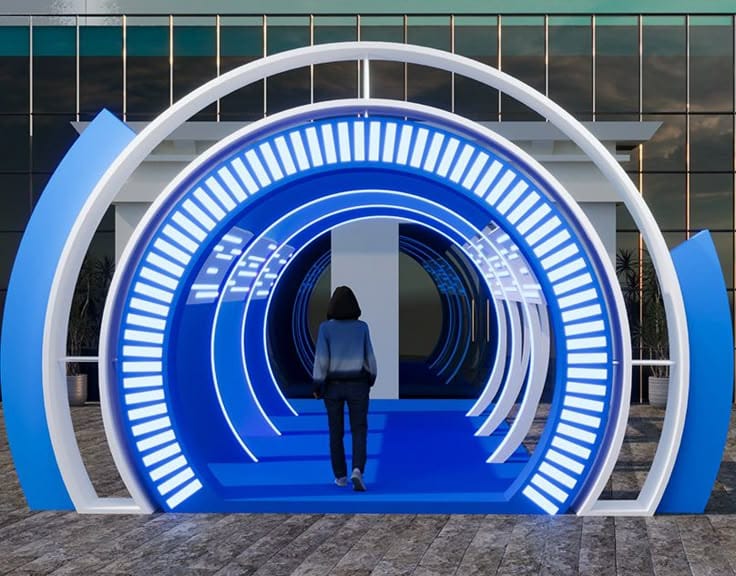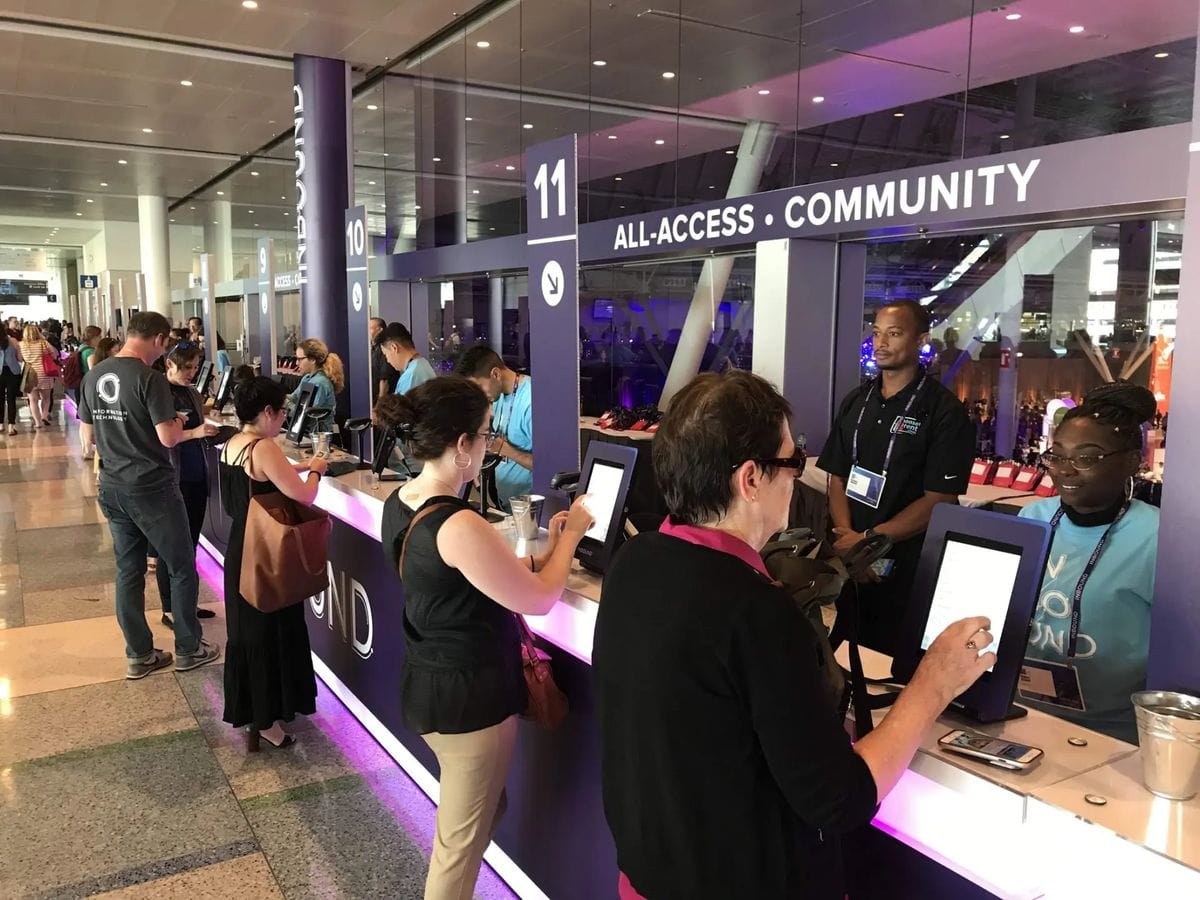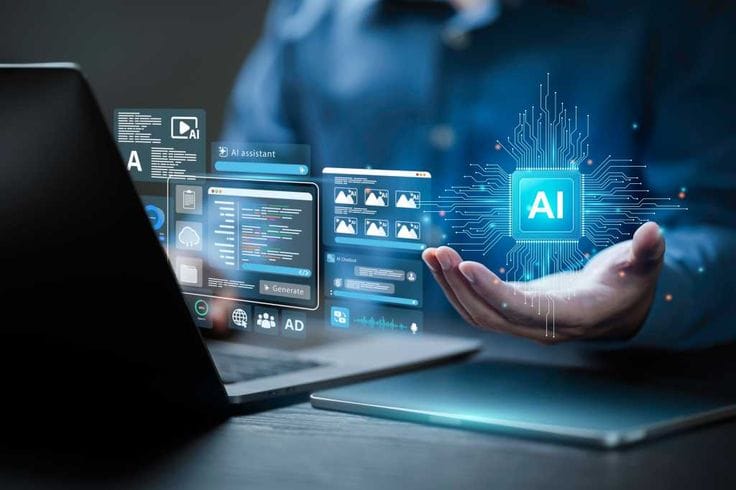The virtual events landscape has evolved dramatically since the early days of pandemic-driven digital transformations. While basic video conferencing served as a temporary bridge, today's exhibitors and attendees demand more sophisticated, engaging experiences that rival their physical counterparts. The future of virtual booths lies not in replicating traditional formats, but in leveraging technology to create entirely new possibilities for connection and engagement.
Breaking Free from the Screen-Share Paradigm
Traditional virtual booths often felt like glorified video calls with shared presentations. Attendees would join a Zoom room, watch a static presentation, and perhaps engage in brief chat conversations. This approach, while functional, failed to capture the serendipitous discovery and immersive exploration that make physical exhibitions compelling.
The next generation of virtual booths transforms these limitations into opportunities. Instead of passive viewing experiences, modern platforms create active exploration environments where attendees can navigate spaces, interact with products, and engage with representatives in ways that feel natural and intuitive.
Immersive 3D Environments: The New Exhibition Floor
Three-dimensional virtual spaces represent perhaps the most significant advancement in virtual booth technology. These environments allow exhibitors to create branded spaces that visitors can explore using familiar navigation controls. Attendees can walk through virtual showrooms, examine products from multiple angles, and discover information organically rather than following predetermined presentation sequences.
These 3D environments excel at recreating the spatial relationships that make physical booths effective. Visitors can see other attendees in the space, creating social proof and encouraging longer engagement times. The ability to move freely through the environment also enables the kind of casual encounters and spontaneous conversations that drive meaningful business connections.

Interactive Product Demonstrations in Virtual Space
Virtual booths now support sophisticated product interactions that often exceed what's possible at physical events. Attendees can manipulate 3D models, access detailed specifications instantly, and even experience augmented reality demonstrations directly through their browsers or mobile devices.
For software companies, virtual booths can offer live sandbox environments where prospects can actually use products rather than simply watching demonstrations. Manufacturing companies can provide detailed technical specifications, 360-degree product views, and even virtual reality experiences that showcase products in their intended environments.
Gamification and Engagement Mechanics
Progressive virtual booth designs incorporate game-like elements that encourage exploration and sustained engagement. Attendees might collect digital badges by visiting different sections of a booth, unlock exclusive content through interactions, or participate in mini-games that demonstrate product capabilities.
These gamification elements serve multiple purposes beyond entertainment. They provide exhibitors with detailed analytics about attendee interests and engagement patterns, help qualify leads based on demonstrated interest levels, and create memorable experiences that enhance brand recall long after the event concludes.
AI-Powered Personalization and Assistance
Artificial intelligence transforms virtual booths from static displays into dynamic, responsive environments. AI chatbots can provide instant responses to common questions, route qualified leads to appropriate sales representatives, and even conduct preliminary discovery conversations to maximize the efficiency of human interactions.
Machine learning algorithms can analyze attendee behavior patterns to personalize booth experiences in real-time. Someone spending significant time examining technical specifications might be presented with detailed case studies, while a visitor focused on pricing information could be directed toward ROI calculators and cost-benefit analyses.
Seamless Integration with Business Systems
Modern virtual booths integrate directly with CRM systems, marketing automation platforms, and sales tools. This integration enables real-time lead scoring, automatic follow-up sequences, and seamless handoffs between marketing and sales teams. Attendee interactions generate rich behavioral data that enhances lead qualification and enables more targeted follow-up communications.
Multimodal Communication Channels
The future of virtual booths embraces communication diversity. While video conversations remain important, progressive platforms support text chat, voice messages, screen sharing, collaborative whiteboards, and even asynchronous communication channels that accommodate different time zones and communication preferences.
This multi-modal approach recognizes that effective business communication often requires different formats for different purposes. Initial discovery might happen through text chat, technical discussions might benefit from screen sharing, and relationship building might require face-to-face video conversations.

Analytics and Performance Measurement
Virtual booths generate unprecedented amounts of engagement data. Exhibitors can track visitor paths through their spaces, identify the most engaging content areas, measure time spent with different materials, and analyze conversation quality metrics. This data enables continuous optimization of booth designs and content strategies.
Advanced analytics platforms can even predict attendee intent based on behavioral patterns, enabling sales teams to prioritize their time and focus on the most qualified prospects. Heat maps show which areas of virtual booths attract the most attention, helping exhibitors optimize their layouts for maximum impact.
The Hybrid Future: Connecting Physical and Virtual
The ultimate evolution of virtual booths involves seamless integration with physical events. Hybrid approaches allow remote attendees to participate in physical exhibitions through virtual representations, while physical attendees can access enhanced digital content and extended networking opportunities.
These hybrid models expand the reach of exhibitions beyond geographical constraints while maintaining the energy and spontaneity of in-person events. Exhibitors can engage with global audiences without the costs and logistics of international travel, while attendees can participate in world-class events regardless of their location.
Preparing for the Virtual Booth Revolution
Organizations preparing for this virtual booth evolution should focus on understanding their audience's digital comfort levels and engagement preferences. Success requires moving beyond technical capabilities to consider how virtual experiences can deliver genuine value for both exhibitors and attendees.
The most effective virtual booths solve real problems for their audiences rather than simply recreating physical booth experiences in digital formats. They leverage technology's unique capabilities to provide experiences that would be impossible in physical spaces while maintaining the human connections that drive business relationships.
The transition from basic video calls to sophisticated virtual environments represents just the beginning of this transformation. As these technologies mature and become more accessible, virtual booths will likely become the preferred format for many types of business interactions, offering superior convenience, broader reach, and richer engagement possibilities than their physical predecessors.


